Travelers 2007 Annual Report Download - page 177
Download and view the complete annual report
Please find page 177 of the 2007 Travelers annual report below. You can navigate through the pages in the report by either clicking on the pages listed below, or by using the keyword search tool below to find specific information within the annual report.-
 1
1 -
 2
2 -
 3
3 -
 4
4 -
 5
5 -
 6
6 -
 7
7 -
 8
8 -
 9
9 -
 10
10 -
 11
11 -
 12
12 -
 13
13 -
 14
14 -
 15
15 -
 16
16 -
 17
17 -
 18
18 -
 19
19 -
 20
20 -
 21
21 -
 22
22 -
 23
23 -
 24
24 -
 25
25 -
 26
26 -
 27
27 -
 28
28 -
 29
29 -
 30
30 -
 31
31 -
 32
32 -
 33
33 -
 34
34 -
 35
35 -
 36
36 -
 37
37 -
 38
38 -
 39
39 -
 40
40 -
 41
41 -
 42
42 -
 43
43 -
 44
44 -
 45
45 -
 46
46 -
 47
47 -
 48
48 -
 49
49 -
 50
50 -
 51
51 -
 52
52 -
 53
53 -
 54
54 -
 55
55 -
 56
56 -
 57
57 -
 58
58 -
 59
59 -
 60
60 -
 61
61 -
 62
62 -
 63
63 -
 64
64 -
 65
65 -
 66
66 -
 67
67 -
 68
68 -
 69
69 -
 70
70 -
 71
71 -
 72
72 -
 73
73 -
 74
74 -
 75
75 -
 76
76 -
 77
77 -
 78
78 -
 79
79 -
 80
80 -
 81
81 -
 82
82 -
 83
83 -
 84
84 -
 85
85 -
 86
86 -
 87
87 -
 88
88 -
 89
89 -
 90
90 -
 91
91 -
 92
92 -
 93
93 -
 94
94 -
 95
95 -
 96
96 -
 97
97 -
 98
98 -
 99
99 -
 100
100 -
 101
101 -
 102
102 -
 103
103 -
 104
104 -
 105
105 -
 106
106 -
 107
107 -
 108
108 -
 109
109 -
 110
110 -
 111
111 -
 112
112 -
 113
113 -
 114
114 -
 115
115 -
 116
116 -
 117
117 -
 118
118 -
 119
119 -
 120
120 -
 121
121 -
 122
122 -
 123
123 -
 124
124 -
 125
125 -
 126
126 -
 127
127 -
 128
128 -
 129
129 -
 130
130 -
 131
131 -
 132
132 -
 133
133 -
 134
134 -
 135
135 -
 136
136 -
 137
137 -
 138
138 -
 139
139 -
 140
140 -
 141
141 -
 142
142 -
 143
143 -
 144
144 -
 145
145 -
 146
146 -
 147
147 -
 148
148 -
 149
149 -
 150
150 -
 151
151 -
 152
152 -
 153
153 -
 154
154 -
 155
155 -
 156
156 -
 157
157 -
 158
158 -
 159
159 -
 160
160 -
 161
161 -
 162
162 -
 163
163 -
 164
164 -
 165
165 -
 166
166 -
 167
167 -
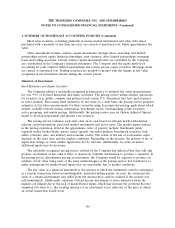 168
168 -
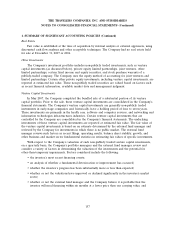 169
169 -
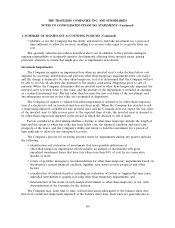 170
170 -
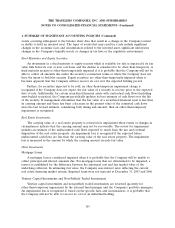 171
171 -
 172
172 -
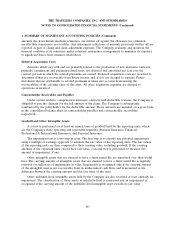 173
173 -
 174
174 -
 175
175 -
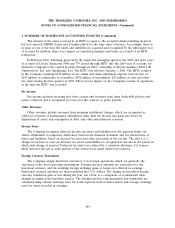 176
176 -
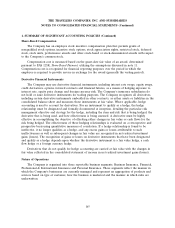 177
177 -
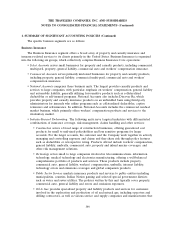 178
178 -
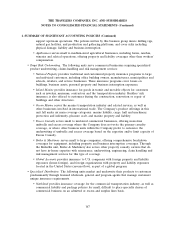 179
179 -
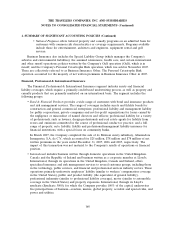 180
180 -
 181
181 -
 182
182 -
 183
183 -
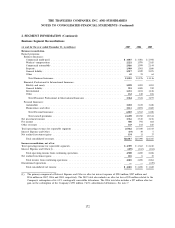 184
184 -
 185
185 -
 186
186 -
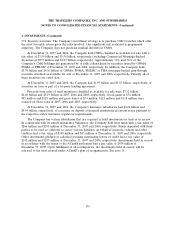 187
187 -
 188
188 -
 189
189 -
 190
190 -
 191
191 -
 192
192 -
 193
193 -
 194
194 -
 195
195 -
 196
196 -
 197
197 -
 198
198 -
 199
199 -
 200
200 -
 201
201 -
 202
202 -
 203
203 -
 204
204 -
 205
205 -
 206
206 -
 207
207 -
 208
208 -
 209
209 -
 210
210 -
 211
211 -
 212
212 -
 213
213 -
 214
214 -
 215
215 -
 216
216 -
 217
217 -
 218
218 -
 219
219 -
 220
220 -
 221
221 -
 222
222 -
 223
223 -
 224
224 -
 225
225 -
 226
226 -
 227
227 -
 228
228 -
 229
229 -
 230
230 -
 231
231 -
 232
232 -
 233
233 -
 234
234 -
 235
235 -
 236
236 -
 237
237 -
 238
238 -
 239
239 -
 240
240 -
 241
241 -
 242
242 -
 243
243 -
 244
244 -
 245
245 -
 246
246 -
 247
247 -
 248
248 -
 249
249 -
 250
250 -
 251
251 -
 252
252 -
 253
253 -
 254
254 -
 255
255 -
 256
256 -
 257
257 -
 258
258 -
 259
259 -
 260
260 -
 261
261 -
 262
262 -
 263
263 -
 264
264 -
 265
265 -
 266
266 -
 267
267 -
 268
268 -
 269
269 -
 270
270 -
 271
271 -
 272
272 -
 273
273 -
 274
274 -
 275
275 -
 276
276 -
 277
277 -
 278
278 -
 279
279 -
 280
280
 |
 |
THE TRAVELERS COMPANIES, INC. AND SUBSIDIARIES
NOTES TO CONSOLIDATED FINANCIAL STATEMENTS (Continued)
1. SUMMARY OF SIGNIFICANT ACCOUNTING POLICIES (Continued)
Share-Based Compensation
The Company has an employee stock incentive compensation plan that permits grants of
nonqualified stock options, incentive stock options, stock appreciation rights, restricted stock, deferred
stock, stock units, performance awards and other stock-based or stock-denominated awards with respect
to the Company’s common stock.
Compensation cost is measured based on the grant-date fair value of an award, determined
pursuant to FAS 123R, Share-Based Payment, utilizing the assumptions discussed in note 11.
Compensation cost is recognized for financial reporting purposes over the period in which the
employee is required to provide service in exchange for the award (generally the vesting period).
Derivative Financial Instruments
The Company may use derivative financial instruments, including interest rate swaps, equity swaps,
credit derivatives, options, forward contracts and financial futures, as a means of hedging exposure to
interest rate, equity price change and foreign currency risk. The Company’s insurance subsidiaries do
not hold or issue derivative instruments for trading purposes. The Company recognizes all derivatives,
including certain derivative instruments embedded in other contracts, as either assets or liabilities in the
consolidated balance sheet and measures those instruments at fair value. Where applicable, hedge
accounting is used to account for derivatives. For an instrument to qualify as a hedge, the hedge
relationship must be designated and formally documented at inception, detailing the particular risk
management objective and strategy for the hedge, including the item and risk that is being hedged, the
derivative that is being used, and how effectiveness is being assessed. A derivative must be highly
effective in accomplishing the objective of offsetting either changes in fair value or cash flows for the
risk being hedged. The effectiveness of these hedging relationships is evaluated on a retrospective and
prospective basis using quantitative measures of correlation. If a hedge relationship is found to be
ineffective, it no longer qualifies as a hedge, and any excess gains or losses attributable to such
ineffectiveness as well as subsequent changes in fair value are recognized in net realized investment
gains (losses). The recognition of gains or losses on derivative instruments that have been designated
and qualify as a hedge depends upon whether the derivative instrument is a fair value hedge, a cash
flow hedge or a foreign currency hedge.
Derivatives that do not qualify for hedge accounting are carried at fair value with the changes in
fair value reflected in the consolidated statement of income in net realized investment gains (losses).
Nature of Operations
The Company is organized into three reportable business segments: Business Insurance, Financial,
Professional & International Insurance and Personal Insurance. These segments reflect the manner in
which the Company’s businesses are currently managed and represent an aggregation of products and
services based on type of customer, how the business is marketed and the manner in which risks are
underwritten.
165
